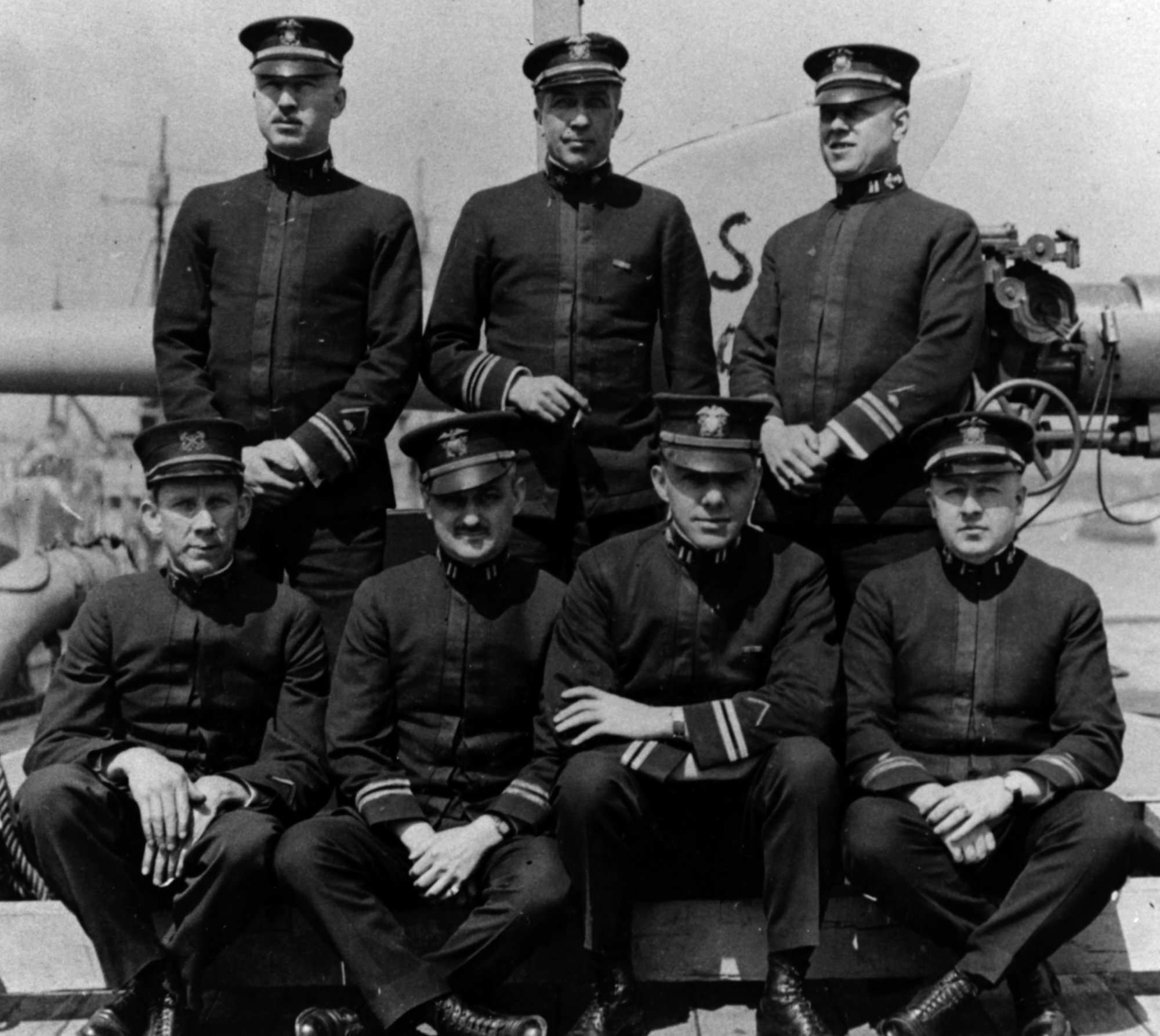WWI Captain Clarence John Krueger - ‘U.S. Naval Gun Factory Optical’ Binoculars with Compass Case



























WWI Captain Clarence John Krueger - ‘U.S. Naval Gun Factory Optical’ Binoculars with Compass Case
These original World War 1 ‘U.S. Naval Gun Factory Optical’ binoculars were carried and During the Great War by Captain Clarence John Krueger. His time in service during World War I Cpt. Krueger carried these binoculars and while the case does show slight damage to the leather, overall it maintains a relatively sturdy appearance with Cpt. Krueger’s name engraved multiple times on the leather case. The binoculars have a salty appearance and our military stereo 6x30 and were produced by the U.S. Naval gun Factory Optical Shop Annex in Rochester New York, USA.
U.S. Naval Gun Factory Optical Shop Annex:
The United States declared war on the German Empire on 6 April 1917 and mobilization accelerated, but not without some hiccups. Crown Optical was among a number of contracted companies that were experiencing difficulties in meeting the increasing demands of the U.S. Government. So in 1917 Crown Optical was nationalized, the U.S. Government assigned the facility to the U.S. Navy who established the U.S. Naval Gun Factory Optical Shop Annex (NGF Annex) there in the facilities of the former Crown Optical. Manufacture of binoculars resumed and the rate of production increased so that by late 1917 the factory was supplying bureaus of the U.S. Navy, the U.S. Army, and others too.
After the takeover of the facility by the U.S. Navy labeling was devised that incorporated an Navy Anchor logo. Each binocular was issued in a protective leather carry case with carry strap, initially the leather panel lining each case lid interior was stamped with the printed Anchor logo. The labeling of binoculars made soon after at production resumed at the former Crown factory will bear the U.S. Navy shop origin information in block letters, as below:
U.S.NAVAL GUN FACTORY
OPTICAL SHOP ANNEX
ROCHESTER,N.Y. U.S.A.
United States Navy operations during World War I began on April 6, 1917, after the formal declaration of war on the German Empire. The American navy focused on countering enemy U-boats in the Atlantic Ocean and the Mediterranean Sea, while convoying men and supplies to France and Italy. Because of United States' late entry into the war, her capital ships never engaged the German fleet, and few decisive submarine actions occurred.
The first victory for the United States Navy took place in the Atlantic on October 15, 1917. The destroyer USS Cassin, commanded by Lieutenant Commander W. N. Vernon, encountered U-61 off Mine Head, Ireland. After chasing the U-boat for an hour, U-61 turned around and fired a single torpedo, which struck Cassin on port the side. Gunner's Mate First Class Osmond Ingram noticed the torpedo just before it struck and alarmed the K-gun crew, who began firing depth charges. Cassin was heavily damaged, but her crew kept her afloat and continued firing. Ingram was killed and later was to receive the Medal of Honor, while nine others were wounded. Cassin struck U-61's conning tower, which forced her crew to disengage and retreat.
On November 17, 1917, two destroyers became the first U.S. Navy ships to sink an enemy submarine. USS Fanning and USS Nicholson were escorting convoy OQ-20 eastbound, when a lookout sighted the periscope of U-58. The U-boat was forced to surface by depth charges and was subsequently defeated in a brief surface engagement. At least one shot from Nicholson struck the U-boat, killing two men and causing heavy damage. The thirty-nine survivors abandoned the sinking U-58 and were taken prisoner. Lieutenants Frank Berrien and Arthur S. Carpender both received the Navy Cross.
Four United States Navy ships were lost during World War I, only two by enemy action, though six merchant ships with armed guards aboard were also destroyed. The first combat loss was USS Jacob Jones, a destroyer, which was sailing to Ireland in a zig-zag pattern with five other warships from Brest. On December 17, Kapitänleutnant Hans Rose of U-53 sighted the destroyer and attacked with a spread of torpedoes. One was spotted by the Americans, but despite taking evasive action, she was fatally damaged. Commander David W. Bagley ordered his crew to abandon ship, and as she sank the armed depth charges aboard began to detonate, adding to the already heavy casualties. Sixty-six of her crew were killed, and more injured; only thirty-eight survived. Jacob Jones was the first American destroyer ever lost in battle, and she went down within eight minutes.
The largest loss of life for the U.S. Navy during the war was on the collier USS Cyclops in March 1918. She left Barbados on March 4, 1918 bound for Baltimore, Maryland, but was never seen again. She may have been sunk by a German submarine, but it is more likely that she capsized because of the shifting of her cargo of coal. Cyclops was lost with 236 crewmen and passengers.